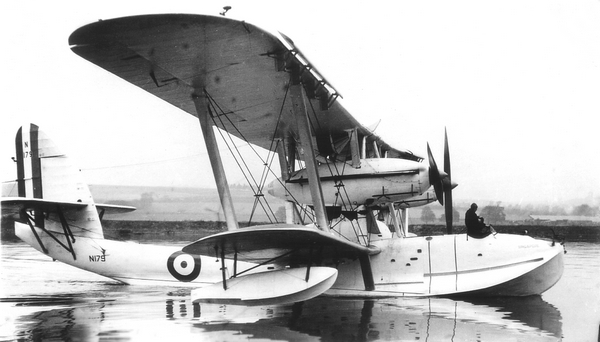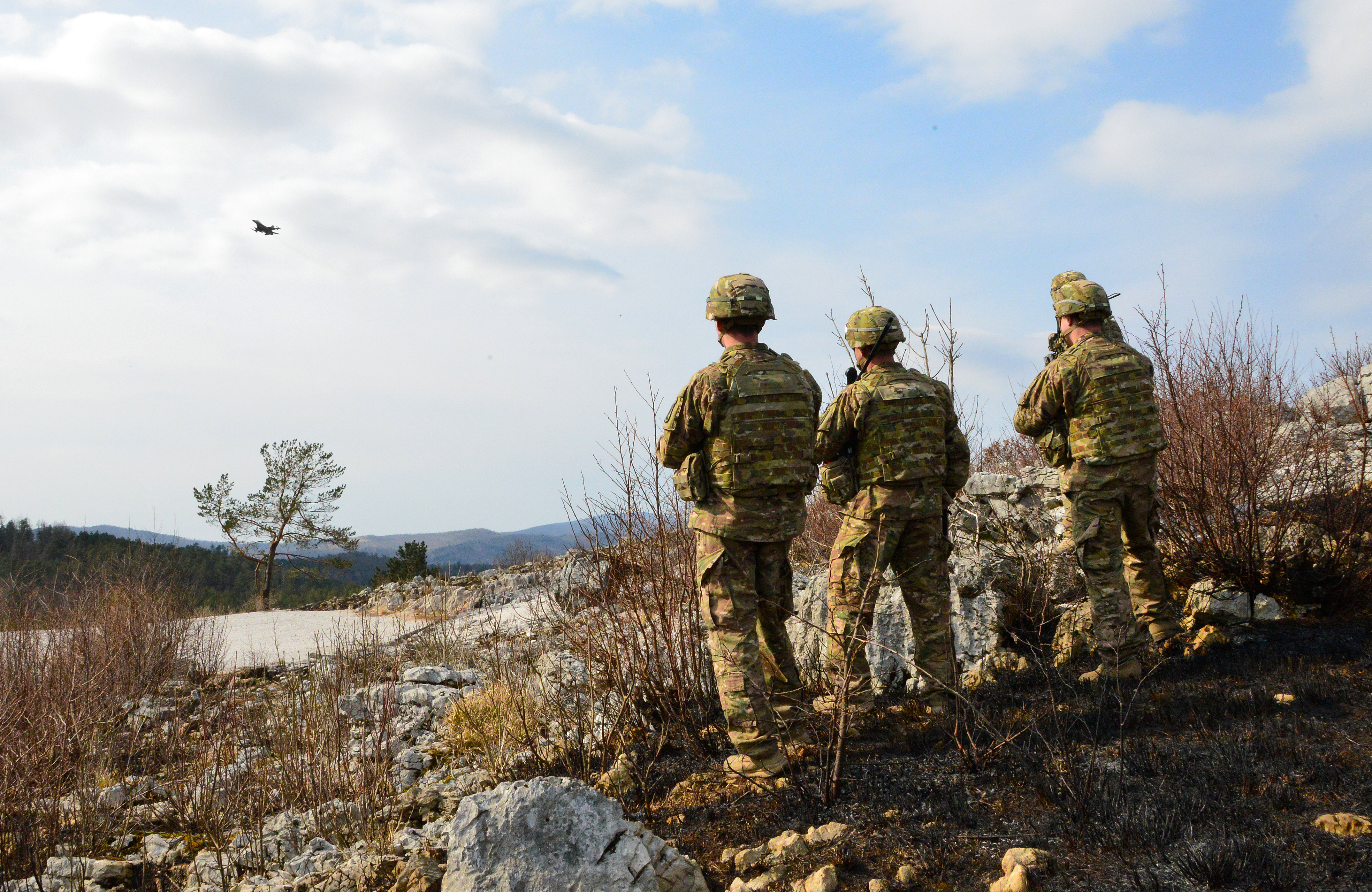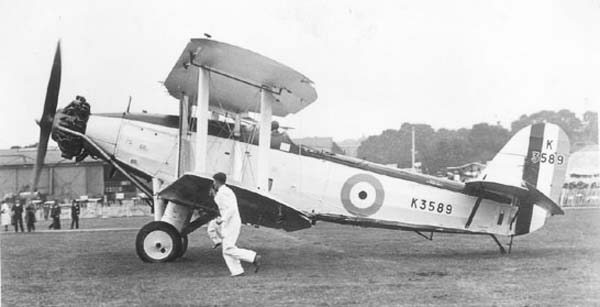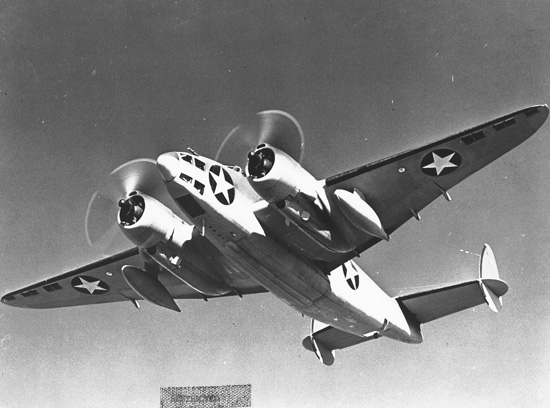|
List Of Squadrons Of The RNZAF
This is a list of past and present squadrons of the Royal New Zealand Air Force Current RNZAF flying squadrons and units Former RNZAF squadrons *No. 1 Squadron RNZAF Code "SJ" reconnaissance / patrol bomber / Transport *No. 2 Squadron RNZAF Code "UH" reconnaissance /patrol bomber / Territorial Fighter Bomber *No. 4 Squadron RNZAF Code "YZ" reconnaissance / patrol bomber *No. 7 Squadron RNZAF Code "UW" reconnaissance / patrol bomber *No. 8 Squadron RNZAF – reconnaissance / patrol bomber *No. 9 Squadron RNZAF – reconnaissance / patrol bomber * No. 10 Squadron RNZAF – reserve bomber reconnaissance / reconnaissance /patrol bomber / Operational Training Unit * No. 11 Squadron RNZAF – reserve bomber reconnaissance * No. 12 Squadron RNZAF – reserve bomber reconnaissance * No. 13 Squadron RNZAF – reserve bomber reconnaissance *No. 15 Squadron RNZAF – Fighter *No. 16 Squadron RNZAF – Fighter *No. 17 Squadron RNZAF – Fighter *No. 18 Squadron RNZAF – Fighter *No. 19 ... [...More Info...] [...Related Items...] OR: [Wikipedia] [Google] [Baidu] |
Royal New Zealand Air Force
The Royal New Zealand Air Force (RNZAF) ( mi, Te Tauaarangi o Aotearoa, "The Warriors of the Sky of New Zealand"; previously ', "War Party of the Blue") is the aerial service branch of the New Zealand Defence Force. It was formed from New Zealand elements of the British Royal Air Force, becoming an independent force in 1923, although many RNZAF aircrew continued to serve in the Royal Air Force until the end of the 1940s. The RNZAF fought in World War II, Malaya, Korean War, Vietnam and the Gulf War as well as undertaking various United Nations peacekeeping missions. From a 1945 peak of over 1,000 combat aircraft the RNZAF has shrunk to a strength of around 48 aircraft in 2022, focusing on maritime patrol and transport duties in support of the Royal New Zealand Navy and the New Zealand Army. The RNZAF's air combat capability ended in 2001, under the Fifth Labour Government with the disbanding of the A-4 Skyhawk and Aermacchi MB-339 based squadrons. The Air Force is led by an Ai ... [...More Info...] [...Related Items...] OR: [Wikipedia] [Google] [Baidu] |
Command Training School
Command Training School of the Royal New Zealand Air Force is the unit responsible for training officer cadets. Graduates are then commissioned as Officers on the completion of their Initial Officer Training Course. Formerly located at RNZAF Base Wigram, CTS was relocated to RNZAF Base Woodbourne when Wigram was decommissioned in 1995. Officer Cadets wear distinctive insignia on their uniforms. Their shoulder rank badge consists of a white band that takes up about half the slip-on rank slide. On their service uniform white square tabs are placed on the service uniform jacket collar. The flight cap bears a white flash, but the service hat is the same as that worn by commissioned officers. Like the enlisted recruits at Command Recruit Training Squadron, CTS Officer Cadets do ten days in-field training at RNZAF Dip Flat RNZAF Dip Flat is the field training facility and mountain flying training area of the Royal New Zealand Air Force. Located at the base of the Saint Arnaud ... [...More Info...] [...Related Items...] OR: [Wikipedia] [Google] [Baidu] |
Consolidated PBY Catalina
The Consolidated PBY Catalina is a flying boat and amphibious aircraft that was produced in the 1930s and 1940s. In Canadian service it was known as the Canso. It was one of the most widely used seaplanes of World War II. Catalinas served with every branch of the United States Armed Forces and in the air forces and navies of many other nations. The last military PBYs served until the 1980s. As of 2021, 86 years after its first flight, the aircraft continues to fly as a waterbomber (or airtanker) in aerial firefighting operations in some parts of the world. None remain in military service. Design and development Background The PBY was originally designed to be a patrol bomber, an aircraft with a long operational range intended to locate and attack enemy transport ships at sea in order to disrupt enemy supply lines. With a mind to a potential conflict in the Pacific Ocean, where troops would require resupply over great distances, the U.S. Navy in the 1930s invested millions ... [...More Info...] [...Related Items...] OR: [Wikipedia] [Google] [Baidu] |
Short Singapore
The Short Singapore was a British multi-engined biplane flying boat built after the First World War. The design was developed into two four-engined versions: the prototype Singapore II and production Singapore III. The latter became the Royal Air Force's main long-range maritime patrol flying boat of the 1930s and saw service against the Japanese with the Royal New Zealand Air Force during the Second World War. Design and development The first prototype of the Short Singapore, also known as the Short S.5 ( military designation Singapore I), was a metal hull version of the wooden-hulled Short Cromarty. The biplane design included a single fin and rudder, and was originally powered by two Rolls-Royce Condor IIIA engines. Its maiden flight was made from Rochester on 17 August 1926, piloted by Short's Chief Test Pilot John Lankester Parker. The type did not enter production, but was used by Sir Alan Cobham for a survey flight around Africa. Registered ''G-EBUP'', it left Rochest ... [...More Info...] [...Related Items...] OR: [Wikipedia] [Google] [Baidu] |
Maritime Patrol
{{Unreferenced, date=March 2008 Maritime patrol is the task of monitoring areas of water. Generally conducted by military and law enforcement agencies, maritime patrol is usually aimed at identifying human activities. Maritime patrol refers to active patrol of an area, as opposed to passive monitoring systems such as sound-detection fixtures or land-based spotters. A patrol consists of a ship, submarine, aircraft or satellite examining the patrolled area and seeking out activities to be identified and reported. Maritime patrol is critical in wartime situations for navies to locate enemy forces to engage or defend against. Peacetime patrols are important for interdiction of criminal activities and for ensuring legal use of waters. Maritime patrols can be conducted by surface ships and submarines, by aircraft (e.g. MPA) and other aerial vehicles, and even by satellites. Human spotting remains an important part of detecting activity, but increasingly electronic systems are used. ... [...More Info...] [...Related Items...] OR: [Wikipedia] [Google] [Baidu] |
Close Air Support
In military tactics, close air support (CAS) is defined as air action such as air strikes by fixed or rotary-winged aircraft against hostile targets near friendly forces and require detailed integration of each air mission with fire and movement of these forces and attacks with aerial bombs, glide bombs, missiles, rockets, autocannons, machine guns, and even directed-energy weapons such as lasers.''Close Air Support''. United States Department of Defense, 2014. The requirement for detailed integration because of proximity, fires or movement is the determining factor. CAS may need to be conducted during shaping operations with Special Operations Forces (SOF) if the mission requires detailed integration with the fire and movement of those forces. A closely related subset of air interdiction (AI), battlefield air interdiction, denotes interdiction against units with near-term effects on friendly units, but which does not require integration with friendly troop movements. The ter ... [...More Info...] [...Related Items...] OR: [Wikipedia] [Google] [Baidu] |
De Havilland Dragon Rapide
The de Havilland DH.89 Dragon Rapide is a 1930s short-haul biplane airliner developed and produced by British aircraft company de Havilland. Capable of accommodating 6–8 passengers, it proved an economical and durable craft, despite its relatively primitive plywood construction. Developed during the early 1930s, the Dragon Rapide was essentially a smaller, twin-engined version of the four-engined DH.86 Express, and shared a number of common features, such as its tapered wings, streamlined fairings and Gipsy Six engines. First named the "Dragon Six", the type was marketed as "Dragon Rapide" and later simply known as the "Rapide". Upon its introduction in summer 1934, it proved to be a popular aircraft with airlines and private civil operators alike, attaining considerable foreign sales in addition to its domestic use. Upon the outbreak of the World War II, many of the civil Rapides were impressed into service with the Royal Air Force (RAF) and Royal Navy. Referred to in mil ... [...More Info...] [...Related Items...] OR: [Wikipedia] [Google] [Baidu] |
Blackburn Baffin
The Blackburn B-5 Baffin biplane torpedo bomber designed and produced by the British aircraft manufacturer Blackburn Aircraft. It was a development of the Ripon, the chief change being that a 545 hp (406 kW) Bristol Pegasus I.MS radial engine had replaced the Ripon's Napier Lion water-cooled inline engine. The Baffin was designed by Major F A Bumpus and was initially pursued as a private venture. It was a conventional two-seat single-bay biplane of mixed metal and wooden construction with fabric covering. It had swept, staggered, equal-span wings, the lower having an inverse gull to provide clearance for the torpedo while retaining a short undercarriage. The engine was shifted forwards in comparison to that of the Ripon to retain its centre of gravity. Armament comprised a single fixed-position forward-firing 0.303 in (7.7 mm) Vickers machine gun and one free-mounted .303 in (7.7 mm) Lewis gun in the rear cockpit, plus one 2,000 lb (910 k ... [...More Info...] [...Related Items...] OR: [Wikipedia] [Google] [Baidu] |
De Havilland Express
The de Havilland Express, also known as the de Havilland D.H.86, was a four-engined passenger aircraft manufactured by the de Havilland Aircraft Company between 1934 and 1937. Development During 1933, talks between the governments of United Kingdom, India, Malaya, the Straits Settlements and Australia resulted in an agreement to establish an Empire Air Mail Service. The Australian Government called for tenders on 22 September 1933 for the Singapore-Australia legs of the route, continuing as far south as Tasmania. On the following day Qantas, anticipating success in contracting for the Singapore-Brisbane leg, placed an order with de Havilland for an as-yet non-existent aircraft to be designated the ''de Havilland 86'', the prototype to fly by the end of January 1934. This order was soon followed by one from Holyman's Airways of Launceston, Tasmania to operate the Bass Strait leg of the service. The D.H.86 was initially styled the ''Express'' or ''Express Air Liner'', although ... [...More Info...] [...Related Items...] OR: [Wikipedia] [Google] [Baidu] |
Lockheed Ventura
The Lockheed Ventura is a twin-engine medium bomber and patrol bomber of World War II. The Ventura first entered combat in Europe as a bomber with the RAF in late 1942. Designated PV-1 by the United States Navy (US Navy), it entered combat in 1943 in the Pacific. The bomber was also used by the United States Army Air Forces (USAAF), which designated it the Lockheed B-34 (''Lexington'') and B-37 as a trainer. British Commonwealth forces also used it in several guises, including antishipping and antisubmarine search and attack. The Ventura was developed from the Lockheed Model 18 Lodestar transport, as a replacement for the Lockheed Hudson bombers then in service with the Royal Air Force. Used in daylight attacks against occupied Europe, they proved to have weaknesses and were removed from bomber duty and some used for patrols by Coastal Command. After USAAF monopolization of land-based bombers was removed, the US Navy ordered a revised design which entered service as the PV-2 H ... [...More Info...] [...Related Items...] OR: [Wikipedia] [Google] [Baidu] |
Lockheed Hudson
The Lockheed Hudson is a light bomber and coastal reconnaissance aircraft built by the American Lockheed Aircraft Corporation. It was initially put into service by the Royal Air Force shortly before the outbreak of the Second World War and primarily operated by it thereafter. The Hudson was a military conversion of the Model 14 Super Electra airliner, and was the first significant aircraft construction contract for Lockheed — the initial RAF order for 200 Hudsons far surpassed any previous order the company had received. The Hudson served throughout the war, mainly with Coastal Command but also in transport and training roles, as well as delivering agents into occupied France. It was also used extensively with the Royal Canadian Air Force's anti-submarine squadrons and by the Royal Australian Air Force. Design and development In late 1937 Lockheed sent a cutaway drawing of the Model 14 to various publications, showing the new aircraft as a civilian aircraft and converte ... [...More Info...] [...Related Items...] OR: [Wikipedia] [Google] [Baidu] |
Airspeed Oxford
The Airspeed AS.10 Oxford is a twin-engine monoplane aircraft developed and manufactured by Airspeed. It saw widespread use for training British Commonwealth aircrews in navigation, radio-operating, bombing and gunnery roles throughout the Second World War. The Oxford was developed by Airspeed during the 1930s in response to a requirement for a capable trainer aircraft that conformed with Specification T.23/36, which had been issued by the British Air Ministry. Its basic design is derived from the company's earlier AS.6 Envoy, a commercial passenger aircraft. Performing its maiden flight on 19 June 1937, it was quickly put into production as part of a rapid expansion of the Royal Air Force (RAF) in anticipation of a large-scale conflict. As a consequence of the outbreak of war, many thousands of Oxfords were ordered by Britain and its allies, including Australia, Canada, France, New Zealand, Poland, and the United States. Following the end of the conflict, the Oxford continue ... [...More Info...] [...Related Items...] OR: [Wikipedia] [Google] [Baidu] |




.jpg)




